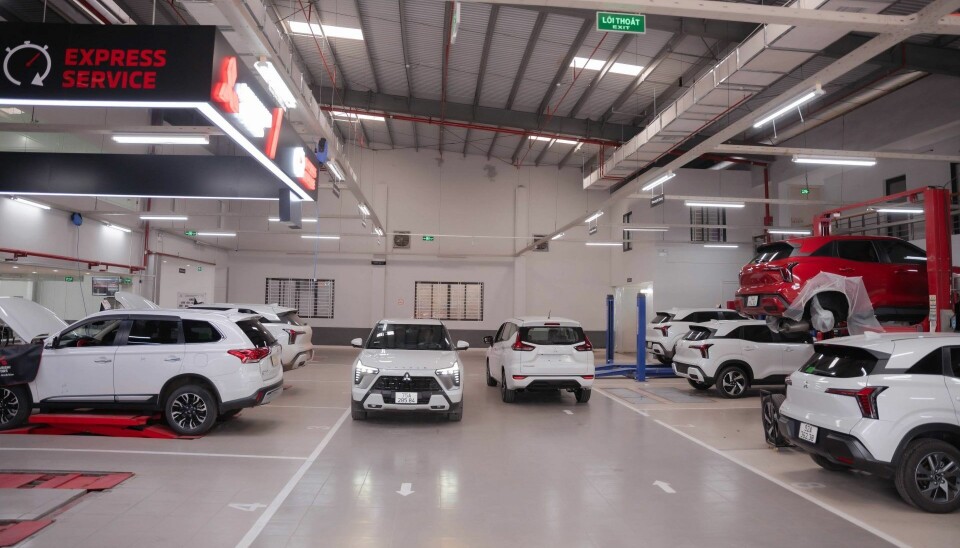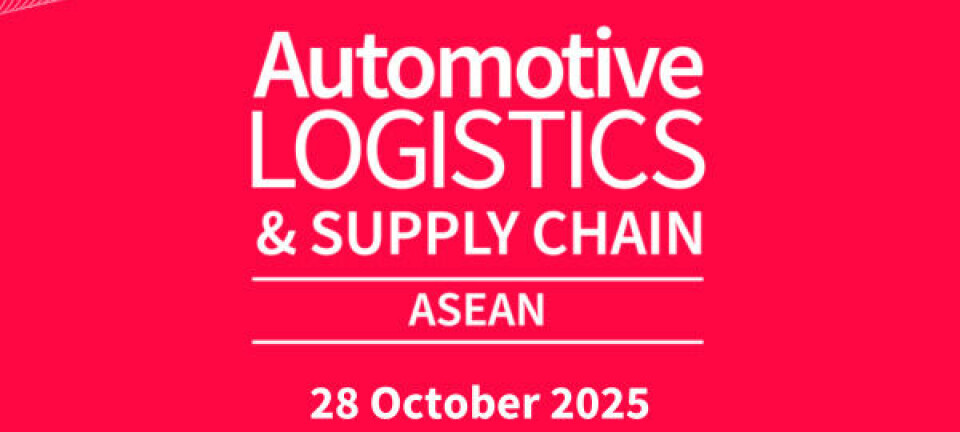Tracking Vietnam vehicle trends
Mitsubishi keeps an eye on capacity in Vietnam

Mitsubishi is navigating rising demand in Vietnam by balancing CKD assembly and regional imports, while investing in parts distribution and evaluating transport capacity amid high logistics costs.
Mitsubishi is Vietnam’s third biggest carmaker by sales, behind Toyota and Ford. Between January and the middle of July this year Mitsubishi sold almost 16,000 cars, equal to a 12% share of the market and these vehicles are made both locally and imported from the ASEAN region. Having been one of the first foreign carmakers to localise assembly in the country, the carmaker is now positioning itself to meet demand as Vietnam’s automotive industry promises to expand by the end of the decade.
According to Vietnam Investment Review, the automotive market in Vietnam will grow by between 14-16% annually by the end of this decade, with total consumption of over 1m units. Of these, electric and hybrid vehicles are expected to account for 350,000 units.
While around two-thirds of vehicles sold in Vietnam are assembled domestically there is a growing volume of imports to help meet increasing consumer demand. As reported elsewhere in Automotive Logistics, more than 111,000 finished vehicles have been imported so far this year according to the General Department of Vietnam Customs, an increase of +21% compared to the same period in 2024 (91,637) and led by imports from China and Thailand.
The country is also heavily dependent on parts imports for localised production, with only around 20% of components produced domestically.
Local assembly and import mix
In 2024 Mitsubishi sold more than 41,000 vehicles, of which approximately 4,100 units of the Xpander MPV were assembled locally from imported complete knockdown (CKD) kits at its Binh Duong factory, just north of Ho Chi Minh City. The factory assembled 1,700 Xpanders in the first half of this year.
The rest of its product line up for Vietnam is imported from the ASEAN region, with the Attrage, Triton and Pajero Sport manufactured at Mitsibushi’s Laem Chabang plant in Thailand, and the Xforce compact SUV produced in Indonesia at Bekasi Regency, near Jakarta.
Service parts are also supplied from Thailand and Indonesia, as well as from Japan. As of the end of FY2024 (March 2025), there were 64 dealers across the country stocking Mitsubishi vehicles and 59 service workshops.
To better manage the distribution of service parts across those dealers and service workshops, Mitsubishi has just opened a new 3,500 sq.m parts distribution centre (PDC) at the Song Than Industrial Park in Ho Chi Minh City.
“The new warehouse has expanded total capacity by 60% and improved productivity by 25% with the optimisation of layout and storage racks,” said a spokesperson for Mitsubishi. “In addition, the increased capacity of the shipping area contributes to more frequent deliveries and shorter delivery lead-time to dealers.”
Transport capacity and cost
Mitsubishi was one of the first foreign carmakers to establish production in Vietnam. Mitsubishi Motors Vietnam began operations at Binh Duong in 1994 with local partners, centralising its resources for Mitsubishi Motors Corporation (MMC) business in 2014 with additional capital coming in from both Mitsubishi Corporation and MMC in 2016.
With the Vietnamese automobile market expected to grow in the coming years Mitsubishi anticipates an increase in local production and imports to meet rising demand. There has been speculation about a second Mitsubishi plant in Vietnam since 2018 but Mitsubishi would not confirm those plans. However, in October last year CEO Takeo Kato said the vehicle market in Vietnam could double by 2030. Given its position in the top three most popular car brands, either local production capacity or imports will have to increase.
With the latter in mind, Mitsubishi said that securing vessel capacity is one of its key challenges and it was addressing the issue in a variety of ways (though none were disclosed). Growth of the vehicle market in Vietnam also raises questions about vehicle logistics inland and the company said that one of the challenges it faces is the high cost of inland transport.
Better and more cost-effective logistics for both finished vehicles, and inbound and service parts, will be essential as Vietnam’s free trade agreement with ASEAN partners fuels its growth into a hub for vehicle production and distribution in south-east Asia. That is something Mitsubishi said it is closely monitoring.






